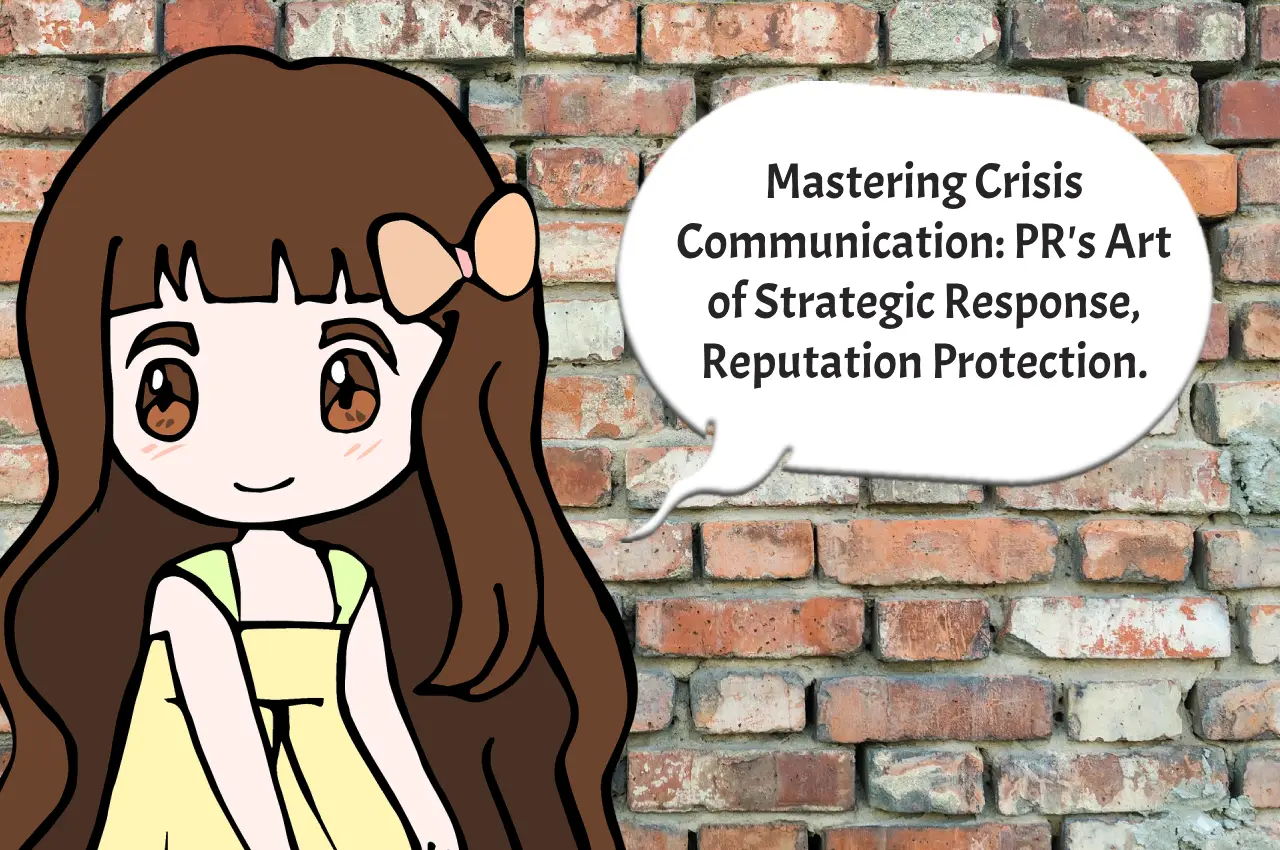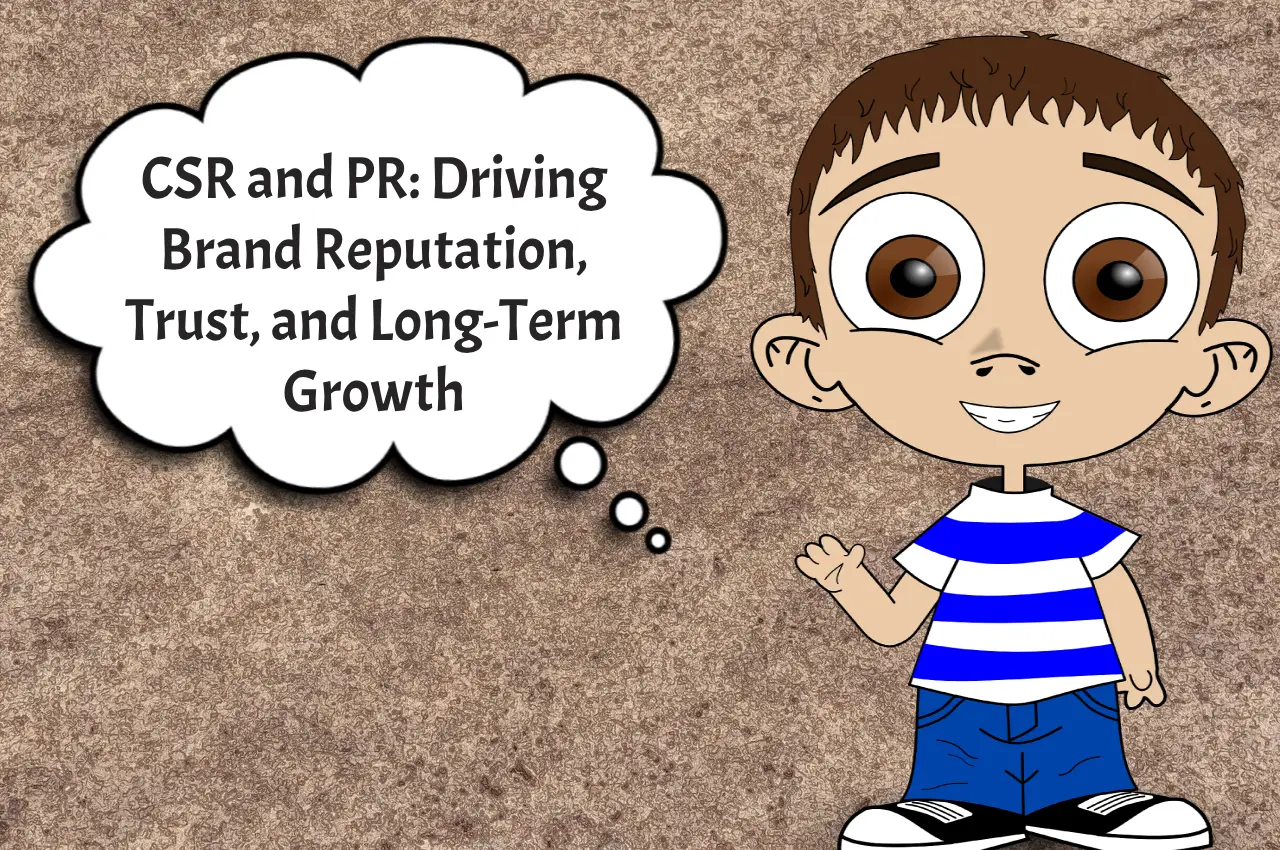In the dynamic world of public relations (PR), the ability to manage a crisis effectively is more than a skill—it’s an art. The way an organization communicates during a crisis can significantly influence its future reputation and credibility. This blog post delves into the indispensable role of PR in crisis communication, offering actionable strategies and real-world examples.
Understanding the PR Landscape in a Crisis
Imagine a crisis as a storm in what was once a calm sea. Many organizations find themselves caught off-guard, resulting in hasty decisions and chaotic responses. Here, PR acts as the stabilizing force. Effective PR isn’t just about damage control; it’s about strategically steering the narrative to maintain or even improve the organization’s standing.
Quick Response: The First Step in Crisis PR
In crisis management, delay can be disastrous. The longer you take to respond, the more the narrative slips away. Recall BP’s 2010 Deepwater Horizon oil spill. Their delayed response aggravated the damage to their reputation. Conversely, a swift, well-crafted response can curb misinformation and prevent rumor proliferation.
Crafting the Right Message
Speed is crucial, but the content of your response is equally vital. Starbucks’ rapid and responsible handling of a 2018 racial bias incident helped preserve customer trust. Your message should embody clarity, sincerity, and align with your organizational values. It’s not just what you say; it’s how you say it.
Engaging with Your Audience
Effective crisis management requires active engagement with your audience. Utilize every communication channel at your disposal, especially social media for real-time updates. Remember, effective communication is reciprocal. Listen and respond to your audience’s concerns and feedback.
Transparency is Key
Honesty and openness are non-negotiable in crisis management. Concealing facts or deceit can cause irreparable harm to your brand. Consider Johnson & Johnson’s 1982 response to the Tylenol tampering incident. Their transparent approach in product recalls and communication gained public admiration and is a textbook example of crisis PR done right.
Learning from Mistakes
Every crisis is an opportunity to learn and grow. Post-crisis, evaluate what went wrong and identify improvements for future responses. This cycle of continuous learning and adaptation is vital for the evolution of effective crisis PR strategies.
The Role of Leadership in Crisis Communication
Leadership is crucial in crisis communication. Leaders should be visible, accessible, and actively involved in the response. Take Akio Toyoda, Toyota’s CEO, during their 2009 major recall. His direct involvement in the crisis response played a significant role in regaining public confidence.
Training and Preparedness
Preparation can significantly impact your crisis response effectiveness. Regularly train your PR team and spokespersons. Conduct mock drills and crisis simulations to ensure your team is prepared for any scenario.
Monitoring and Adapting
It’s essential to monitor public reaction and media coverage constantly. This real-time feedback allows you to adjust your strategy as needed. Utilize social listening tools for insights into public sentiment and the effectiveness of your communication efforts.
After the Storm: Post-Crisis Analysis
Post-crisis analysis is crucial. Assess what strategies worked, what didn’t, and why. This evaluation is key to improving future crisis responses. Continue to engage with your audience even after the crisis has subsided. Demonstrate your commitment to making amends and improving.
Building a Resilient Brand Through Crisis PR
Effective crisis management goes beyond mere survival. It’s about emerging more robust and resilient. PR plays a critical role in this transformative journey. Your strategies, responsiveness, and communication can convert a potential disaster into an opportunity for growth and enhanced trust.
How do you navigate through a crisis? What strategies have you found effective? Share your experiences or insights on crisis communication in the comments below. Let’s collaborate, learn from each other, and fortify our crisis management capabilities.





